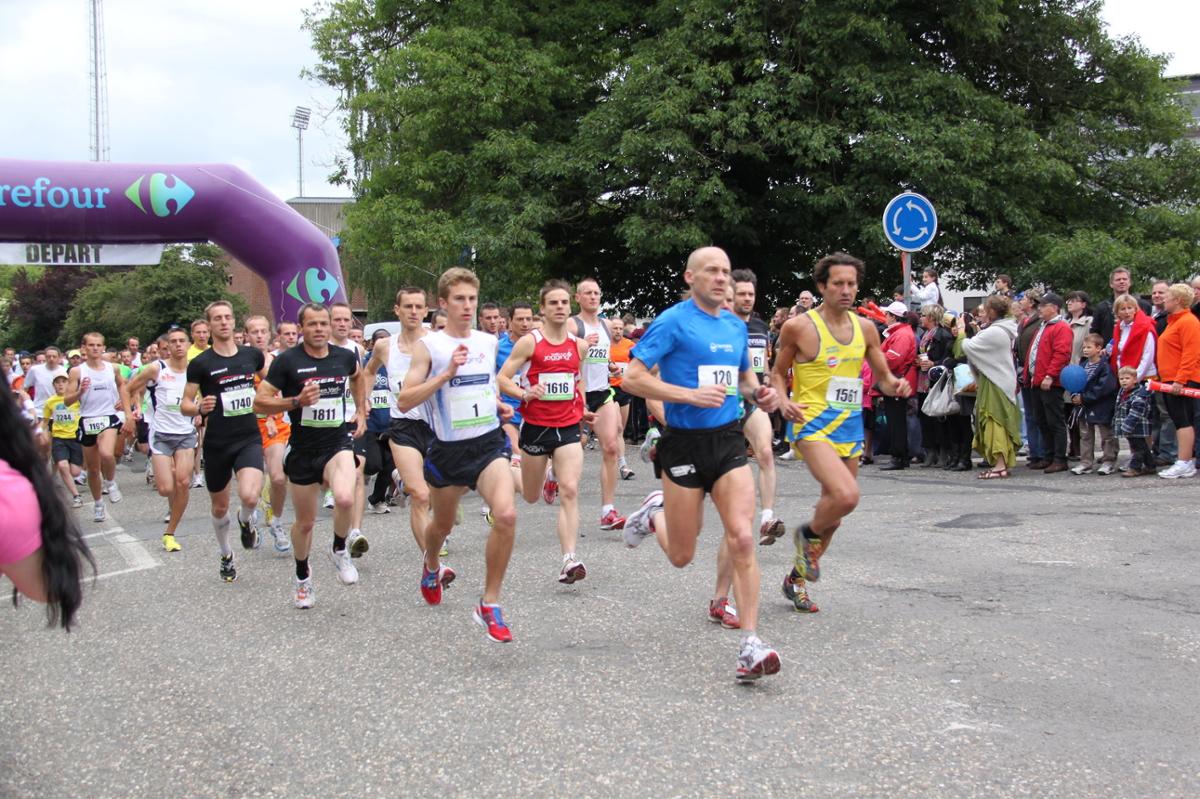It’s a warm spring morning and the sun is shining. Pulling on a t-shirt, you decide to go for a run. You start out feeling pretty good, but a mile in, your sweat glands are working overtime, coating your skin in perspiration.
Let’s say that workout shirt you grabbed was cotton, which happily soaks up liquid until it’s saturated, making it heavy and sticking to your skin. When the sweat is wetting your shirt, it’s not evaporating.
Evaporation matters because that’s what actually cools you down: as sweat evaporates from your skin, it takes heat away from your body and transfers it to the air.
Now let’s say the shirt you grabbed was a synthetic material, and advertised by a clothing company as “moisture wicking.” As you huff and puff through your run, you may not notice your perspiration as much. That’s because certain moisture-wicking clothes move the sweat away from the skin along the fabric’s fibers, without absorbing much.
Let’s look at the process up close. Moisture-wicking works through capillary action: when a liquid automatically draws itself up through minuscule tubes, like the ones created by the chemically treated fibers in your shirt’s fabric. Once dispersed on the exterior of your shirt, the sweat can more easily evaporate.
“That’s great,” you pant, exhausted. “I’m dryer, but I’m—phew!—still hot.” Moisture-wicking is great at, well, wicking moisture away from your body. When that happens, though, sweat evaporates off your shirt’s exterior, rather than directly off your body. Evaporation’s effectiveness lessens when it’s farther away from your skin.
Enjoy the rest of your run!










